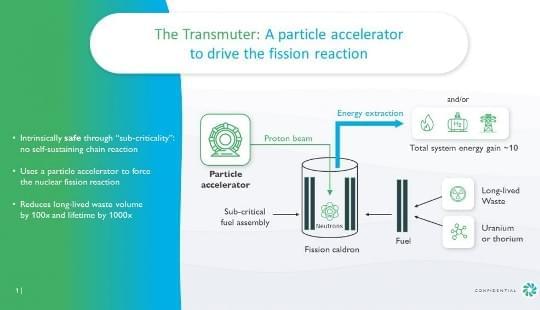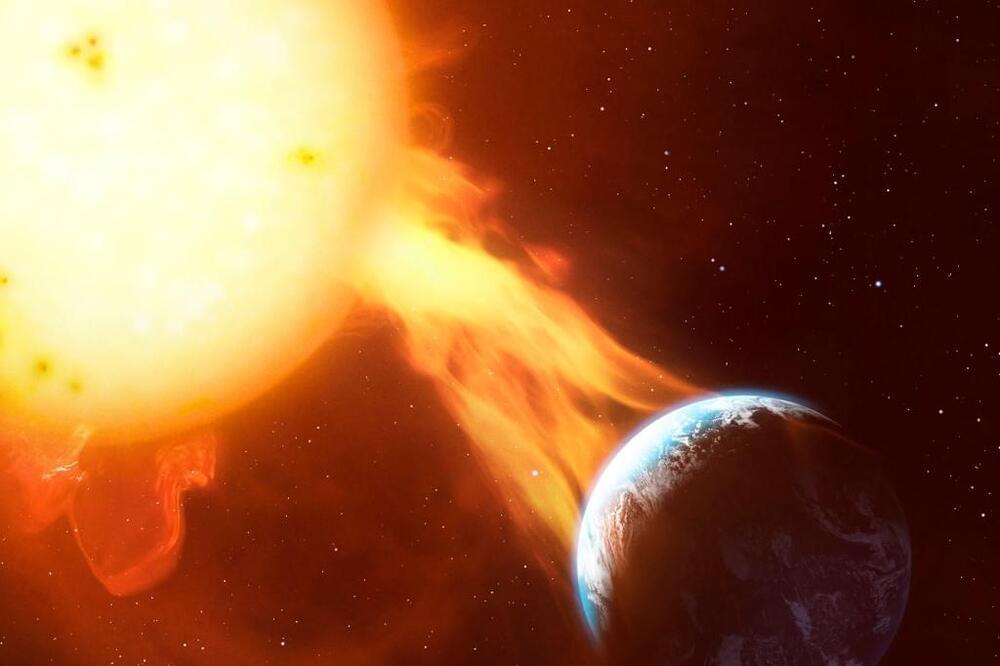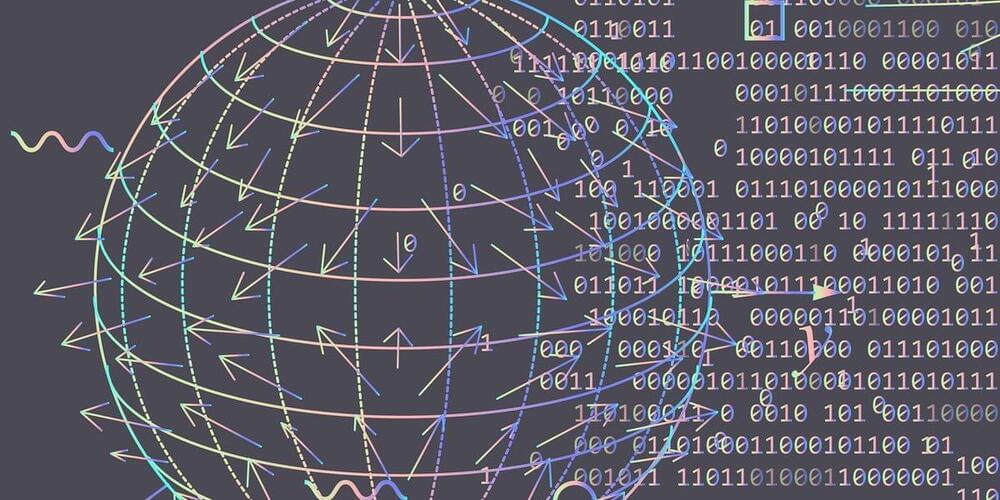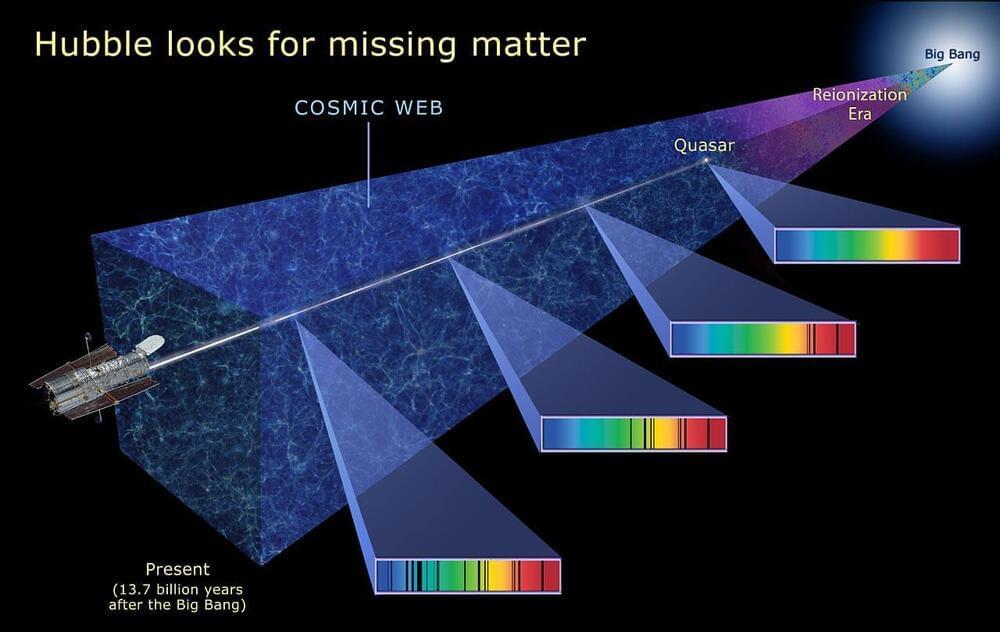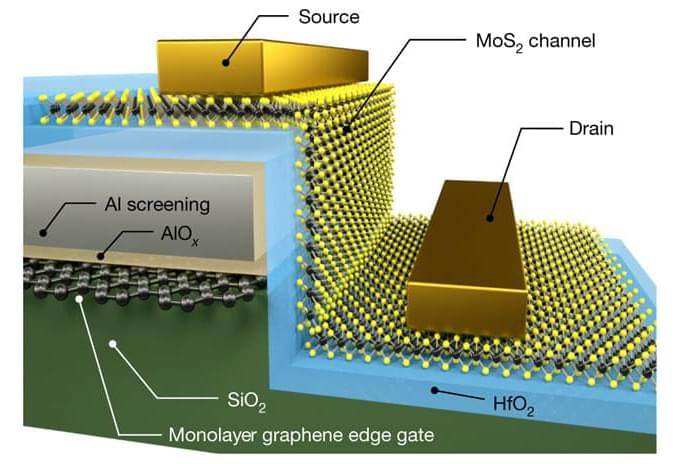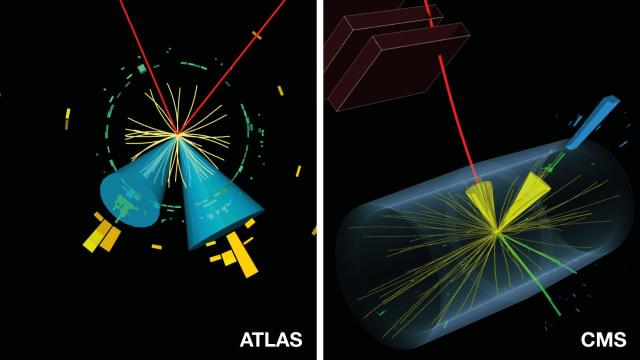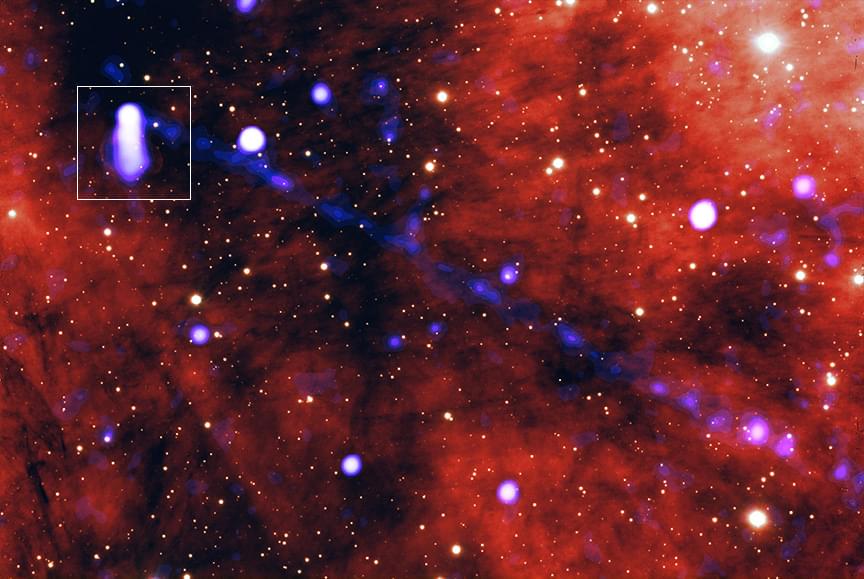Mar 22, 2022
Nuclear Energy Company Proposes a New Reactor to Take Care of the Waste Problem
Posted by Len Rosen in categories: nuclear energy, particle physics
Transmutex is reinventing nuclear energy from first principles using a process that uses radioactive waste as a fuel source.
Transmutex, a Swiss company, states on its website that it is “reinventing nuclear energy from first principles” by using a process that uses radioactive waste as a fuel source.
Its transmitter is a particle accelerator that produces nuclear energy with fewer contaminants than any reactor on the market today. The technology represents a valuable tool in the transition to intermittent renewables by providing baseload energy-producing alternatives to fossil-fuel thermal power stations.
Continue reading “Nuclear Energy Company Proposes a New Reactor to Take Care of the Waste Problem” »
